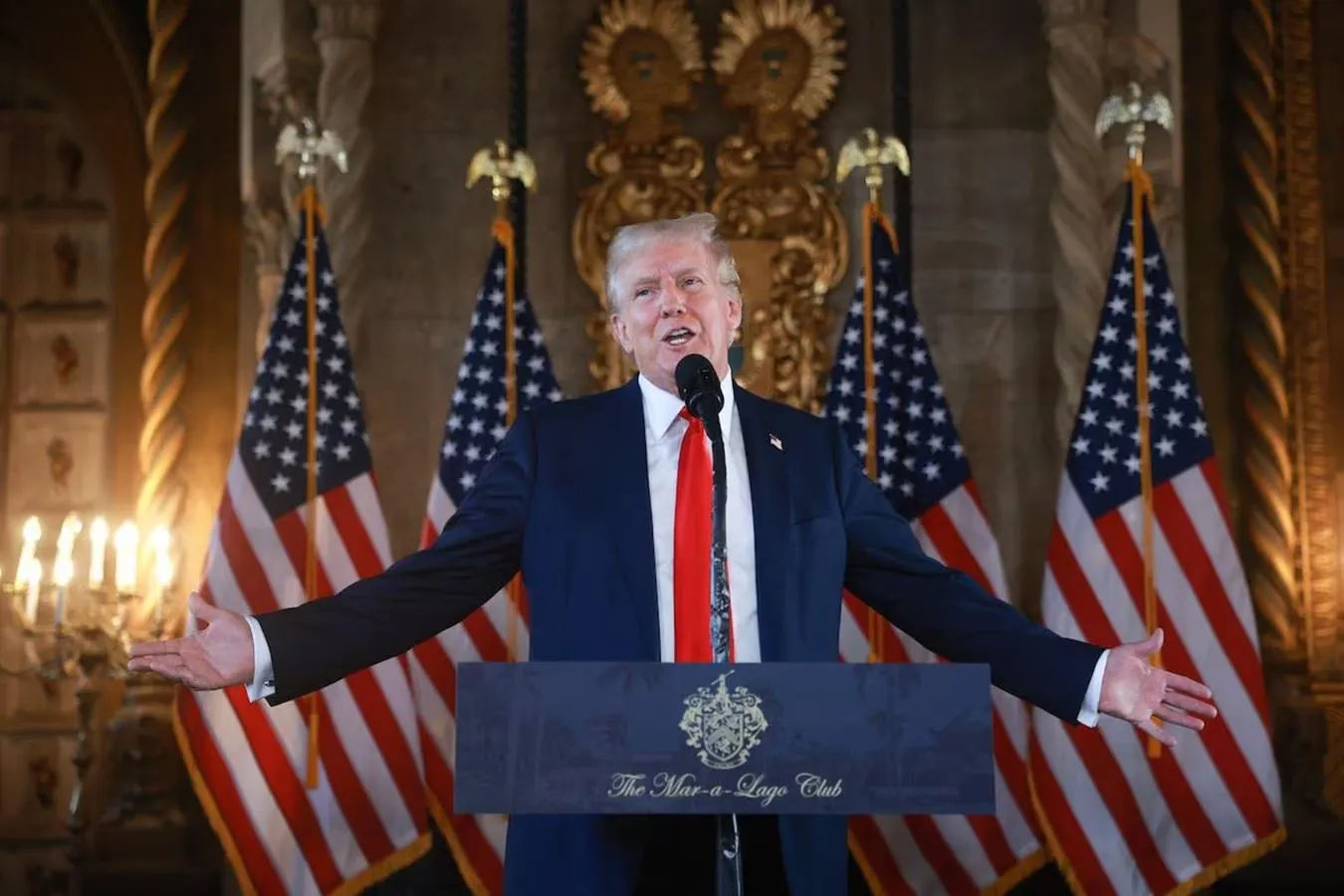President Donald Trump is set to sign an executive order on Friday that will mark the first step toward potentially reshaping the Federal Emergency Management Agency (FEMA). According to details first shared with Semafor, the order will establish a task force to review FEMA’s current operations and recommend changes, which could include reorganizing or even eliminating the agency.
The executive order will create the Federal Emergency Management Agency Review Council, comprising members from the private sector, along with the Secretaries of Homeland Security and Defense. This task force will be responsible for issuing a report to Trump detailing how FEMA currently functions and proposing recommendations for improvement.
Trump has been vocal about his preference for states to take more responsibility in managing disaster responses within their borders. As an example, White House officials have cited Florida’s hands-on approach to managing the aftermath of Hurricane Ian.
A White House official confirmed to Semafor that Trump is expected to sign the directive later on Friday during a multi-state tour—his first trip outside Washington since assuming office on Monday.
Earlier Indications of Reform
Trump hinted at the order last year during a roundtable briefing in Asheville, North Carolina, ahead of visiting areas devastated by Hurricane Helen.
“I’ll soon be signing a directive to fundamentally reform and overhaul—or perhaps even completely eliminate—FEMA,” Trump said after meeting families impacted by the hurricane. He described FEMA as “an expensive organization that doesn’t perform well” and added, “If it were up to me, I’d shut it down right now.”
The Executive Order’s Scope
It’s important to note that the executive order does not attempt to dismantle FEMA outright, as such an action would require Congressional approval. Instead, the order underscores Trump’s interest in leaning on external advisors and private sector companies to address some government functions as part of his broader second-term goals.
This move reflects the administration’s skepticism about FEMA’s current structure and hints at more significant changes following the task force’s review. Concerns cited in the details shared with Semafor include resource mismanagement, FEMA’s involvement in immigration efforts, and other operational inefficiencies raised in recent years.
The task force, which will include up to 20 members from the private sector, is expected to feature experts with experience in budget management and emergency preparedness. Notably, several former FEMA officials and federal emergency managers have publicly acknowledged the need for reform, with increasing calls for states to take on more responsibilities.
In December, the Department of Homeland Security began auditing FEMA amid concerns about resource allocation and agency mismanagement, as reported by The Hill.
Stay tuned for updates on FEMA’s review and potential changes to disaster response frameworks.
